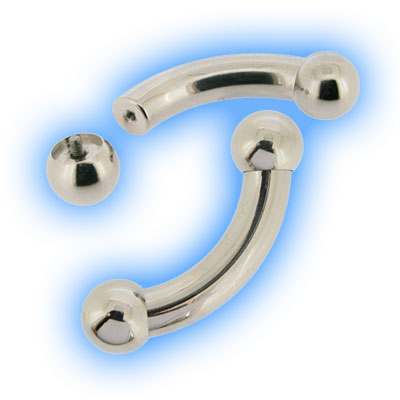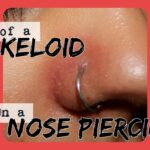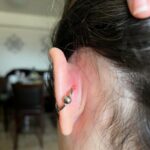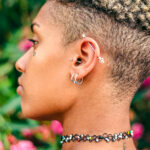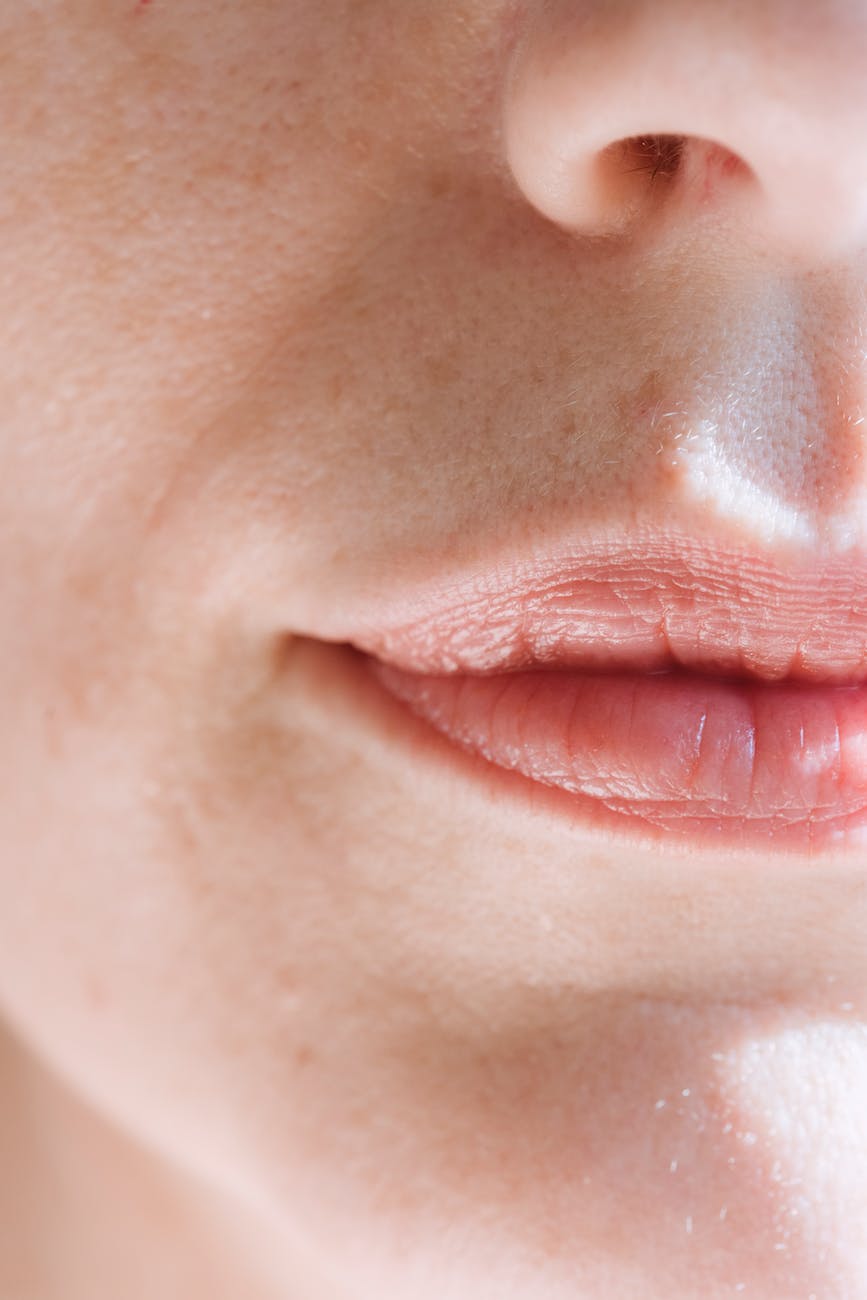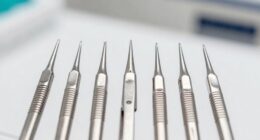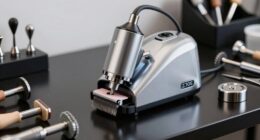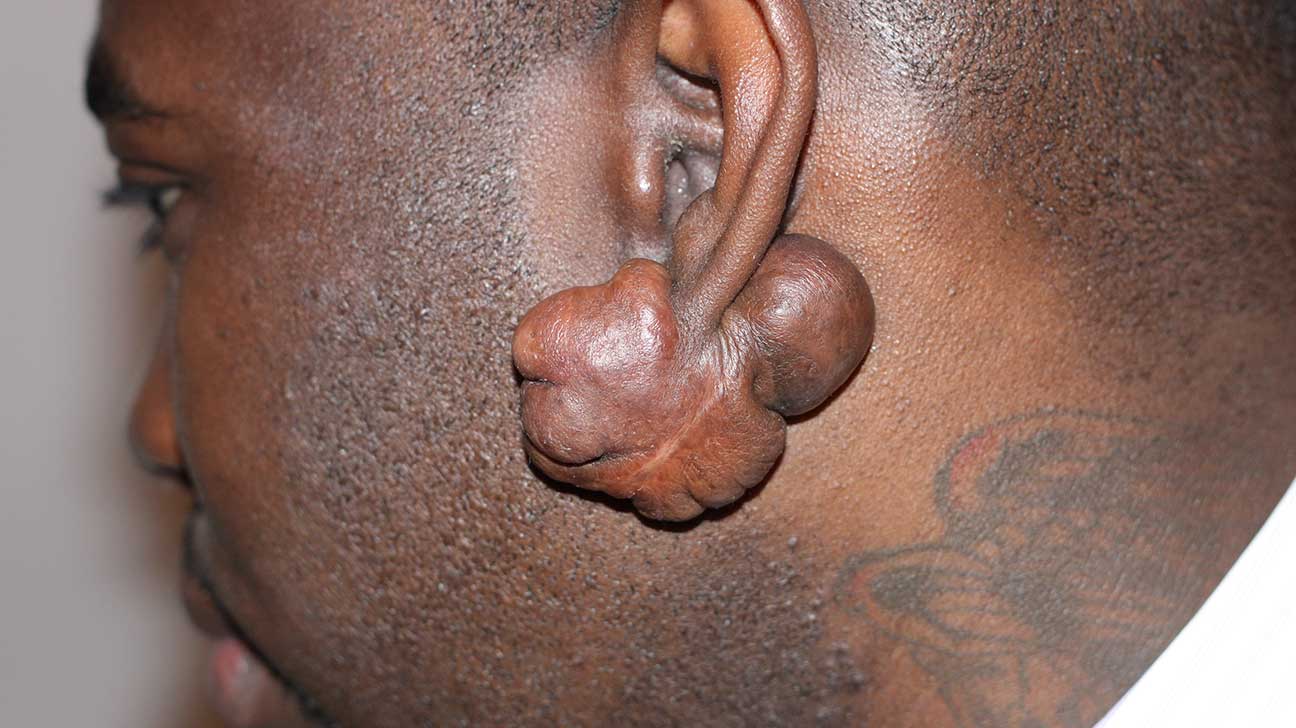
If you’re thinking about getting your first piercing or have had problems with one in the past, it’s important to stay educated. This article will discuss important information about piercings and keloids that you should be aware of.
Sebaceous cysts
It doesn’t matter if you have had a piercing, or if you are thinking about getting one, it is important to understand what can cause these cysts and bumps. The following is a list of possible causes and their effects.
Cysts are most commonly caused by infection. The body’s immune system responds to the wound by releasing chemicals that lead to inflammation. This is what you see as a bump.
Other causes of cysts include injury, clogging of oil glands and bloodstream infections. The most common cysts are those that occur on the skin. They are generally hard to see and are filled with fluid or pus.
A piercing can also result in the formation of epidermoid cysts. These are small round bumps that are most often found on the face or back. These bumps can be accompanied by a foul odor that must be removed surgically.
Other cysts can occur anywhere on the body. They can remain in the skin for many years and are slow to form.
Although cysts are not usually painful, they can cause discomfort in some people. It may be difficult to insert an earring if your ear is pierced. If you’re experiencing discomfort with your earring, you may want to consider taking a warm compress to the area.
Hypertrophic scarring can also occur from piercings. This is a small bump caused by trauma to the area. To prevent hypertrophic scarring from occurring, you can apply rosehip seed oil to the affected area.
The most common treatment for cysts involves surgical removal. A dermatologist may recommend laser treatment to shrink cysts in some cases. A laser can be used to reduce scarring if the cyst is located in sensitive areas.
The best way to determine whether or not you have cysts is to visit a dermatologist for a professional opinion. They will be able pinpoint the cause of your cysts and recommend a treatment plan. Sometimes, you don’t need to have surgery. The scar will fade over time if the cyst is removed.
Piercing trauma
Having a piercing can cause keloids, bumps or other scars in the area. While it is not known why keloids form, there are some factors that have been shown to increase the risk. Your risk of developing keloids depends on the type and age of your piercings, as well as the type and type of skin that you have.
Keloid scars are created when the body produces too much collagen during the healing process. Keloids usually form around the piercing. They can grow for many years and can be small or big.
Itching, burning, and pain are all symptoms of keloids. If the bump or the area around a piercing becomes reddish, inflamed, or painful, it is a good idea to consult a dermatologist. It is important to note that these symptoms can be caused by other health issues, and that they can be treated at home.
Keloids occur in people with darker skin. They also have a tendency to develop in people with a family history of keloids. It is important to discuss the possibility of developing keloids and your doctor. You may want to avoid cosmetic procedures on your piercings if you have a history of keloids.
Keloids are generally round, firm, and bumpy. They can vary in color from pink to brown. They can also become infected or itch.
Keloids can be formed in a number of different areas of the body, and it is important to see a dermatologist if you suspect you have keloids. Keloids can be found in the earlobe, cartilage, and even the fleshy rim.
Keloids can occur when the piercing area closes in on itself, or when an infection occurs. This is caused by the body’s immune system responding to the wound.
Keloid scars may develop within a few weeks of a piercing. However, they can also develop years after the initial piercing. If the bump or area surrounding the piercing becomes inflamed or painful, consult a dermatologist.
Aftercare swabs
Using Aftercare swabs after piercings is a great way to keep your piercing clean and free of harmful bacteria. However, you do need to be careful to avoid overcleaning your piercing. It can cause irritation and even rejection if you scrub it too often. It can also be cleaned with saline, which is gentle and easy to clean.
To apply saline, you can use a bulb-syringe. Salt water can be used to dissolve any lymph fluids.
To clean your jewelry, you can also use a cotton gauze pad or swab. You should avoid using a cloth towel, as it can snag on the jewelry, causing injury or even rejection.
It is best to avoid cleaning your piercings in the bathtub. This is because bacteria can easily be transmitted. It’s also important to avoid using hot tubs, as they can dry out new piercings. You should also avoid soaps that contain fragrances or colors, as they can cause irritation to the wound.
You should seek medical attention if your piercing remains infected or swollen. Your piercer will recommend the best treatment. You may be able to stop the wound from getting larger by applying a silicone gel sheet daily. You can also buy the gel without a prescription, and you can use it for up to six months.
Warm water can be used to rinse out piercings that aren’t painful. You can also apply a saline solution, which will prevent the growth of bacteria. A piercing salon can also sell a saline solution. You can also make your own homemade saline solution. It is easy to make.
A saline toner spray can be used to remove bumps from your piercings. H2Ocean Sea Salt spray, which is anti-inflammatory, can also be used to reduce inflammation and pain. It also contains a natural enzyme called lysozyme. You can use the spray twice a day, depending on your level of discomfort.
Sea salt soaks
Using sea salt soaks to treat piercings is a great way to prevent infection, flush out debris and keep your wound clean. However, you should be careful not to overdo it. You should only use a small amount of sea salt, and it is best to use non-iodized salt.
Using a sea salt soak is not a cure for keloids, but it can be a useful tool in the healing process. If you have a piercing, you should be careful to clean it two times a day and apply non-scented soaps, such as Naked Soap, or a saline solution, such as H2Ocean. Avoid playing with your piercings as this could lead to infection.
Sea salt has long been revered for its healing properties. It was used by Romans and Ancient Egyptians to treat skin injuries. The water from the sea is full of minerals that promote the healing process, open pores and encourage blood flow. It is also antimicrobial, anti-inflammatory, and anti-bacterial.
Sea salt soaks are a natural exfoliant, which promotes healthy skin cell production. They can also reduce inflammation and fight the growth of acne-causing bacteria. Make sure to clean your wounds and use non-sticky dressings.
Using a sea salt soak will speed up the healing process of open skin. Sea salt water contains minerals that stimulate blood flow and aid in exfoliation. The sulfur in the saltwater is a natural antiseptic, preventing infection. You can also use the saltwater to heal fresh tooth holes.
Sea salt soaks are great for piercings. They soften the skin, flush out any debris, and reduce the risk of infection. To prevent bacterial growth, rinse the piercing. A warm compress can be applied to the affected area.
A sea salt soak is also an excellent way to speed up the recovery of a piercing. You should apply the solution twice a day, and replace it with a warm compress. This is also useful for genital and facial piercings. You can also purchase ready-made solutions.


